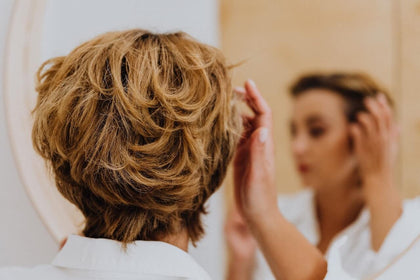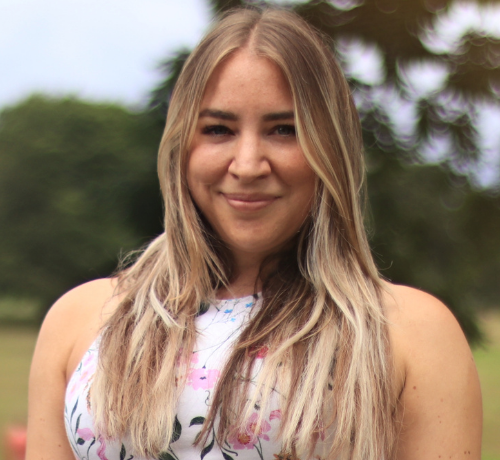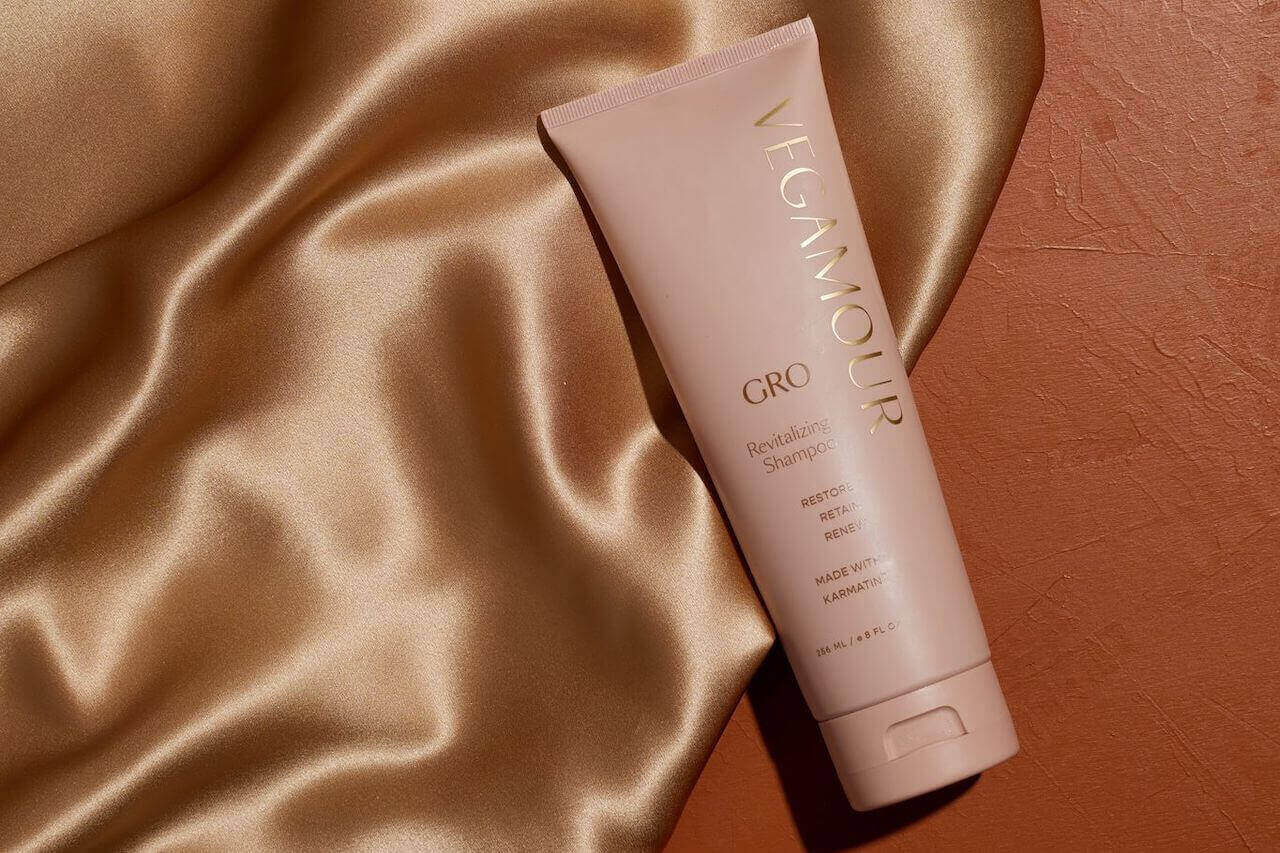Isn't having hair the most glorious thing? You can swish it, twirl it, braid it, curl it, wash it and then start all over again. When your hair looks and feels good, your confidence can rise, and if hair loss hits, your self-assurance can falter.
But hair does more than boost your appearance and confidence. Read on to better understand the function of hair — plus, find out what hair products you should use to keep your strands healthy, shiny and resilient.
4 Reasons Why We Need Hair
As well as being integral to our body image, hair can help protect the body.
Alice Rawling, a Los Angeles-based hair stylist and chief editor of Hairdo Hairstyles explained, "Hair keeps our heads warm and provides a little cushioning for our skulls. Eyelashes protect our eyes by decreasing the light and dust that go into them, and eyebrows protect the eyes from sweat dripping down the forehead."
Here's more about why we have hair.
- Regulates body temperature. The hair stands on end when it's cold to help insulate the body. In hot temperatures, sweat glands secrete sweat to allow us to cool down, relax the muscles, let the hairs lay flat and release heat.
- Protects your skin from the sun's UV rays. Skin is susceptible to the sun's harmful rays when the temperature rises. Hairs all over the body can help keep your skin protected.
- Extends your sense of touch. Your body hair is great at collecting information for the brain. Nerve cells in the skin under the hair can detect everything from pain to temperature.
- Protects different parts of your body. Hair covers a large percentage of your body and can help keep foreign matters and dust out — especially from your eyes and nose.
Shop: Best-Selling Hair Products
Hair Anatomy
Like your body, hair has anatomy. And there's way more to each strand of hair than what's visible to the naked eye.
Rawling said, "Each hair has a hair shaft and a hair root. The shaft is the visible part of the hair that sticks out of the skin. The hair root is in the skin and extends down to the deeper layers of the skin. It is surrounded by the hair follicle, a sheath of skin, and connective tissue, which is also connected to a sebaceous gland."
The hair follicle has a sticking-like structure that begins at the epidermis. At the bottom of the follicles is the blood vessel (or papilla), which nourishes the hair root to help it grow.
The hair bulb, as it suggests, has a rounded structure and is found deep in the root of the hair. It has several stem cells, which, over time, can develop into specialized cells that renew themselves. In addition, the hair follicles have an inner and outer sheath that protect and form growing hair.
Sebaceous glands or oil glands produce a fatty substance called sebum that lubricates the hair and scalp. The inner sheath of the hair bulb ends just before the sebaceous glands, and the outer root sheath carries on toward the gland. As you age, less sebum is produced, which is why your skin and hair can become drier. The arrector pili muscle is a small bundle of muscle fiber attached to the outer sheath. When the muscle contracts, the hair stands on its ends and causes what is commonly known as goosebumps.
Find Out: What Exactly Is Hair Made Of?
The Hair Shaft
The hair shaft refers to the hair as you see it. Once the hair grows away from the skin's surface, the cells are no longer alone. The dead cells or new hair are made of a protein called keratin. There are three layers of keratin:
- The inner layer: Otherwise known as the medulla, this layer only exists in some hair types.
- The middle layer: Otherwise known as the cortex, this layer makes up the hair shaft. The cortex and the medulla contain a pigment that gives the hair color.
- The outer layer: Otherwise known as the cuticle, is made up of overlapping scales, which most conditioning products focus on smoothing when they get to work.
How the hair appears depends on the shape of the hair shaft. Straight hair generally has a circular circumference, unlike curly hair, which is more oval. The cross-sectional shape of your strands also determines how shiny your hair is — sebum can travel down straighter hair easier than curly hair.
Also: What to Know About Hair Structure and Composition
The Hair Growth Cycle
The hair on your hair grows approximately 0.35 millimeters a day. Hair grows in phases, which are known as hair growth cycles:
- Phase 1: The anagen phase. Hair grows in this phase, and new hair pushes old hair that's stopped growing out and away from the follicles. The anagen phase for eyelashes, eyebrows, leg hair, facial hair and arm hair only lasts approximately 30-45 days. These hairs are also known as terminal or club hairs and tend to be much shorter than the hairs on your head.
- Phase 2: The catagen phase. This is a transitional stage that lasts only a few weeks. Growth slows during the catagen phase, and the outer root shrinks.
- Phase 3: The telogen phase. This is the resting phase that lasts approximately three months. If you suffer a sudden shock or an illness, you might experience a temporary hair loss called telogen effluvium.
- Phase 4: The exogen phase. This phase, which only lasts a few days, overlaps with the anagen phase. Shedding about 100 club hairs per day is not uncommon in this phase.
Related: What Is Telogen Effluvium? One Type of Hair Loss Explained
Protect and Nourish Your Hair
To keep each hair looking its very best, it's important to use a shampoo and conditioner that contains hair-quenching, plant-powered ingredients. Our GRO Revitalizing Shampoo and Conditioner Kit contains Karmatin™️, a vegan keratin that deeply nourishes and restores damaged follicles while giving hair a glossy shine and increased volume.
Additionally, each formula's blend of marula oil, organic murumuru butter and ximenia oil hydrates, conditions and fights scalp-damaging free radicals. And because the formulas contain the same natural actives that are used in VEGAMOUR's bestselling GRO Hair Serum, such as mung bean, curcumin and red clover, they help support thicker, fuller-looking hair while reducing shedding.
The Hairy Truth
Hair is more than just a part of your identity; it regulates your body temperature, protects your skin from UV rays, extends your sense of touch and shields your body parts from irritants like sweat and dust. If you're struggling with hair loss, it could be a sign that your body needs some extra TLC, and if you're concerned, make sure you check in with a doctor. However, if you put your efforts into a daily hair wellness routine, you can help keep each of your strands looking glossy and beautiful!
#include-related-slider#
More From VEGAMOUR
- Shop: Shea Whitney's Favorite VEGAMOUR Products
- How to Tell If You Have Split Ends or Healthy Hair
- Get to Know 4 of VEGAMOUR's Best Sellers
- How Much Hair Is Normal to Lose in the Shower?
Photo credit: Karolina Grabowska/Pexels



















